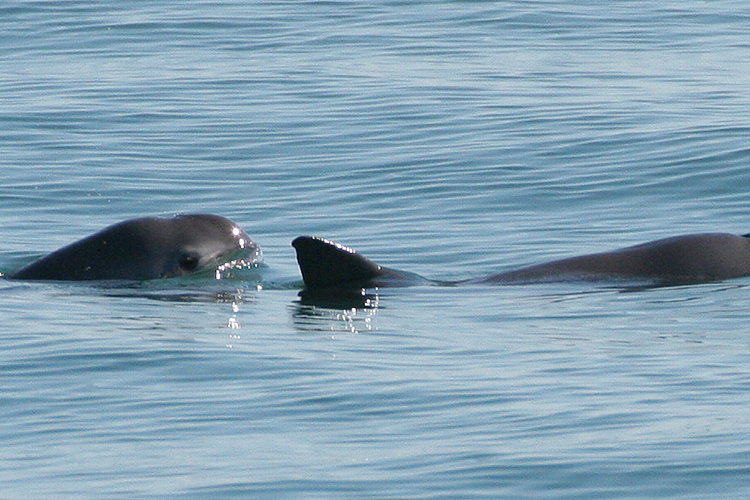drrich2
Contributor
Is this the video segment?For example, Discovery ran a program a while back that had one of their Shark Week regulars floating on the surface at Guadalupe inside a plexiglas box. Of course, the outcome of this stunt was predictable; a large white shark decided the diver looked like a sea lion and munched the plexiglas box.
There was an educational point of interest in this. A common claim where shark attacks are concerned is one of mistaken identity, that the shark mistook the human for a prey item, such as due to limited visibility. This exercise put a human in clear water surrounded by a number of great whites for awhile, offering the opportunity to see what would happen.
It's a 2-pronged lesson. On the one hand, contrary to depictions of great whites as enthusiast man-eaters, this drug on surprisingly long without aggression. On the other, in contrast to that 'free-diving with a big great white' video I saw before, here we see that eventually one did get aggressive. Even though the visibility was good.




 . That was my dream.
. That was my dream.